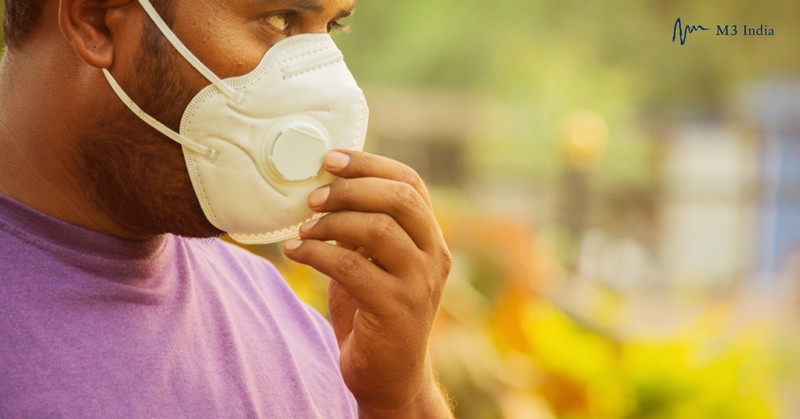Herd immunity to COVID-19 could be achieved with less people being infected than previously estimated according to new research.
For our comprehensive coverage and latest updates on COVID-19 click here.

Mathematicians from the University of Nottingham and University of Stockholm devised a simple model categorizing people into groups reflecting age and social activity level. When differences in age and social activity are incorporated in the model, the herd immunity level reduces from 60% to 43%. The figure of 43% should be interpreted as an illustration rather than an exact value or even a best estimate. The research has been published today in Science.
Herd immunity happens when so many people in a community become immune to an infectious disease that is stops the disease from spreading. This happens by people contracting the disease and building up natural immunity and by people receiving a vaccine. When a large percentage of the population becomes immune to a disease, the spread of that disease slows down or stops and the chain of transmission is broken.
